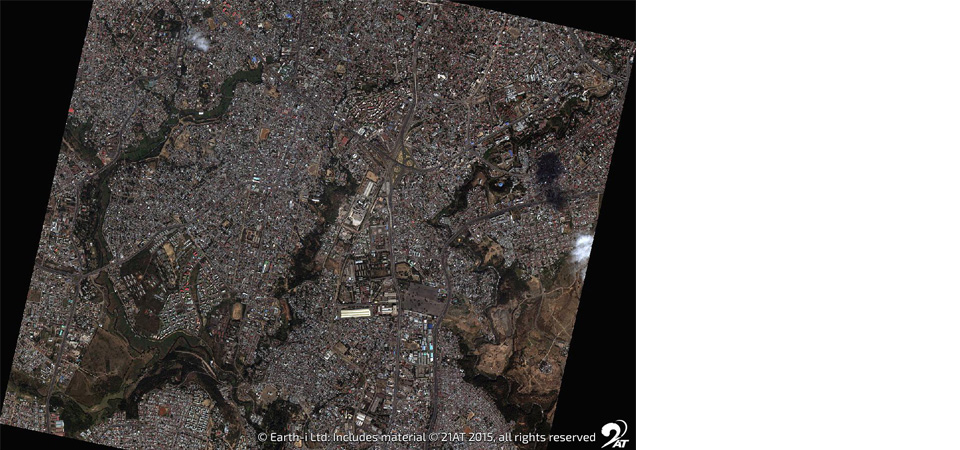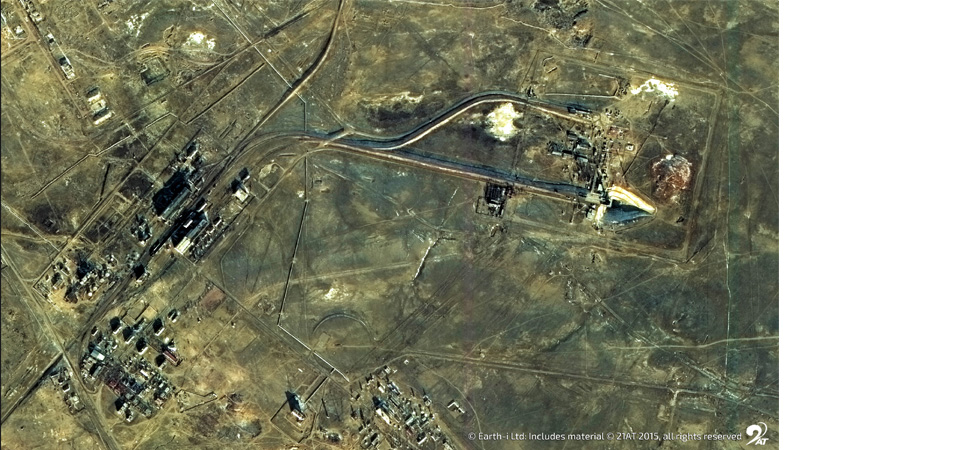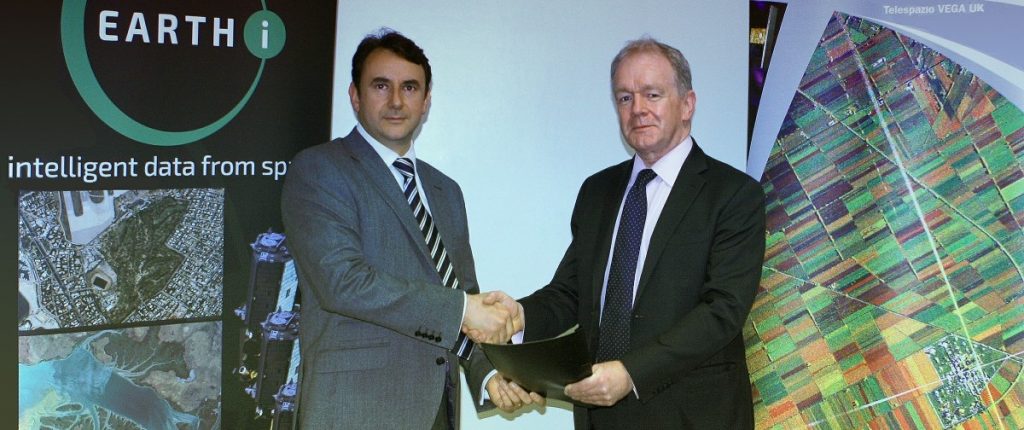Space deterrence is the strategic effort to prevent hostile actions in outer space by convincing potential adversaries that the costs of aggression will outweigh any benefits. It borrows principles from traditional military deterrence but applies them to the unique domain advantages of space, where satellites, space stations, and other orbital assets play critical roles in communication, navigation, intelligence, and military operations.
Much has, and continues to be, written on the subject, with the focus often on capabilities such as kinetic ASAT. However, space has much more to offer to the deterrence mission (and also to assurance and compellence).
Imposition of costs
As the reference to kinetic ASAT highlights, there is potential to achieve deterrence by punishment in the space domain by credibly threatening to impose costs on opponents. While kinetic ASAT will have significant second- and third-order effects, other kinetic activities such as disabling a satellite or moving a satellite out of its orbit are possible, with less destructive effects (e.g. grabber arms). Potentially of more utility are reversible effects provided by jamming, electronic warfare and even cyber capabilities (some of which can be ground-based). Being non-permanent, these may be less escalatory and potentially deniable / non-attributable, if desired.
But each of these operations can only contribute to deterrence if we are able to convince our opponents that we have the will and the capability to impose those costs on them at a time of our choosing.
Benefit denial
Less escalatory deterrence effects may be achieved through deterrence by denial. Convincing an opponent that they will not achieve their objectives and / or that we are highly resilient, can dissuade them from taking some hostile actions. This could be provided by large satellite constellations that provide redundancy if one (or many) of them is disabled. A similar effect may be achieved through responsive launch to replace assets that may be attacked. Such resilient systems can minimise or negate the effect of hostile acts by adversaries; and if this can be communicated before a crisis, may deter them from taking such action.
Critical enablers
Where space capabilities are perhaps overlooked when it comes to deterrence is in some of the critical enablers that they can provide. Perhaps most crucial are the space domain awareness (SDA) and ISR missions. Space is big and most of it is a very long way away; therefore, having sufficient understanding of what is occurring in space is crucial to decision-makers. This is also exacerbated by the number of dual-use capabilities in orbit, which can make it difficult to ascertain hostile intent until it is too late. Maximising SDA through the use of space-based sensors can reduce this uncertainty and reduce the credibility of adversaries’ claims of deniability.
In addition, persistent space-based ISR can provide real-time intelligence of opponents’ forces, laydowns, movements and so on. This can enable us to pre-empt opponent actions, call out imminent hostile actions and signal that we are ready and prepared – as has been done through the regular release of intelligence throughout the Russo-Ukraine conflict.
The challenges
While not unique to the space domain, deterrence is never guaranteed; the adversary has a say. As well as possessing capabilities, we must communicate with potential adversaries, whether clearly or with ambiguity. And of course, both our messages and our capabilities must be credible for the deterrence mission at hand.
Unpacking that…
Imposition of costs – “Potentially of more utility are reversible effects provided by jamming, electronic warfare and even cyber capabilities…”
Comment – A sovereign EO capability can support attribution and verification of adversarial activity (e.g., satellite interference or aggressive manoeuvres) through persistent imaging and spectral analysis. This strengthens the credibility of retaliation or punitive deterrence by providing unambiguous evidence of hostile acts.
Benefit denial – “Convincing an opponent that they will not achieve their objectives and / or that we are highly resilient…”
Comment – EO systems provide independent situational awareness and contribute to operational resilience. A sovereign EO capability enhances strategic messaging by showing that domestic space assets can continue supporting decision-making and operations even under threat, thereby denying adversaries the benefit of denying services.
Responsive launch / resilience – “A similar effect may be achieved through responsive launch to replace assets that may be attacked.”
Comment – If responsive EO satellites can be rapidly deployed, this demonstrates national adaptability and continuity in surveillance, mapping, and disaster response. This further reinforces deterrence by denial.
Critical enablers – “Where space capabilities are perhaps overlooked when it comes to deterrence is in some of the critical enablers…”
Comment – Sovereign EO capability is a cornerstone enabler, complementing space domain awareness (SDA) by offering multi-spectral and high-resolution Earth-based ISR. This expands awareness not only in space but also in terrestrial environments — including tracking force movements, environmental changes, or covert infrastructure developments.
Persistence and freedom – “Persistent space-based ISR can provide real-time intelligence…”
Comment – A sovereign EO constellation offers freedom from reliance on foreign data sources, enabling a state to own its own risk assessments and strategically time the release of evidence for deterrence, assurance, or compellence missions.
The challenges – “We must communicate with potential adversaries…both our messages and our capabilities must be credible…”
Comment – Owning (developing) an EO capability strengthens credibility and autonomy, reducing dependence on allies or commercial services for ISR. This underpins sovereign messaging, enhances strategic posture, and contributes to political and operational independence.
Summary
A sovereign Earth Observation capability is not just an enabler; it’s a strategic force multiplier across all three deterrence strategies discussed:
- deterrence by punishment: through attribution and documentation of hostile acts.
- deterrence by denial: through rapid ISR continuity and operational resilience.
- critical enablers: through persistent, autonomous, and trusted ISR data.







